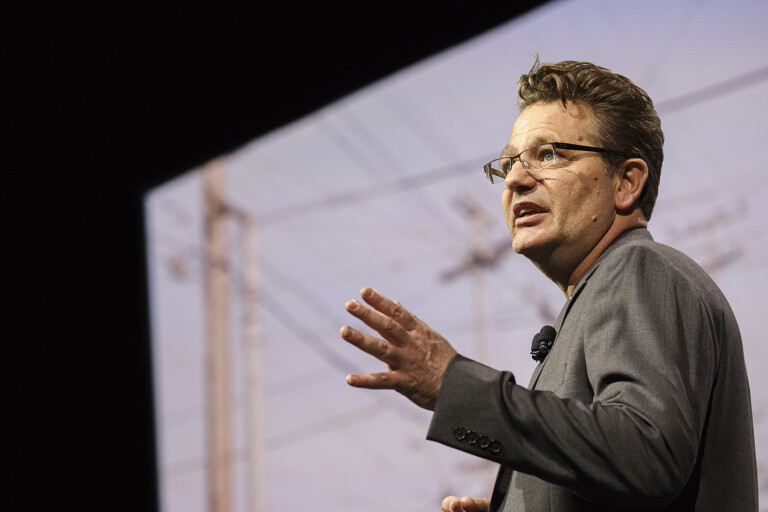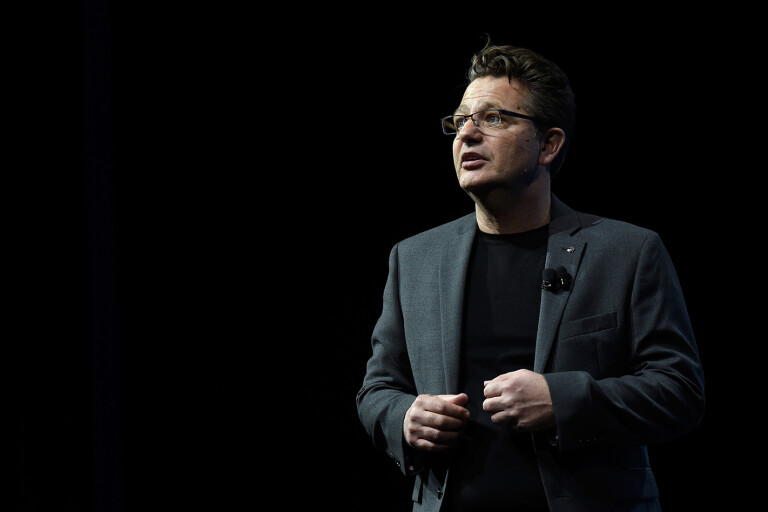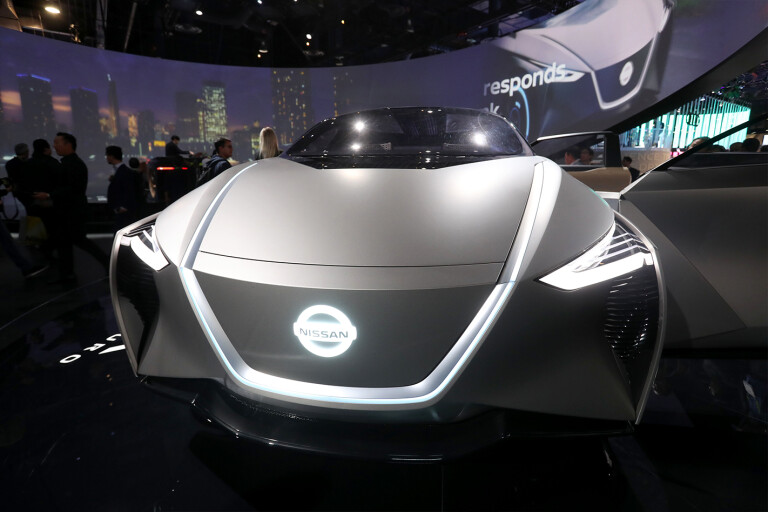
“Show me an autonomous system without a human in the loop and I will show you a useless system.”
For someone charged with developing autonomous cars for one of the world’s largest car manufacturers, Dr Maarten Sierhuis certainly has some strong opinions about ensuring humans are involved in the driving process.
The Dutch-born Southern California resident spent 12 years as a researcher at NASA, building systems that resulted in human creations touching the most remote parts of our universe. He joined Nissan as Chief Technology Director at the company’s Silicon Valley research centre in 2013, and is responsible for developing the brand’s artificial intelligence systems and autonomous cars.

Despite ostensibly being responsible for trying to eliminate the flesh from the task of driving, Sierhuis, 56, holds a militant view that the autonomous dream sold by science fiction and parts of the motoring industry won’t become reality. Instead, he is developing a system referred to as ‘human-in-the-loop’.
“[Humans] are the best autonomous systems I know of,” Sierhuis says.
Under his leadership, Nissan has built the Seamless Autonomous Mobility (SAM) system, where remote operators would oversee as many as 50 ‘autonomous’ cars and intervene when vehicles encounter situations they are not prepared for, such as roadworks.
“Why do people think we can have millions of these vehicles just driving around and not needing any human interaction?” Sierhuis asks rhetorically during an interview at the regional Nissan Futures conference.
“We look at air traffic control: we have two pilots in the cockpit and we still need air traffic controllers. We have operators in a control centre who have geographic areas they are responsible for. They communicate with the pilots in the cockpit and make sure everything goes well, especially during take-off and landing.
“In the beginning, people said I was crazy – ‘You’re here to develop autonomous systems’,” Sierhuis adds, “but then you show them examples. What is the system going to do when it has to break rules? Are you going to allow it to break rules? But how are you going to define what rule it can break when and how?”

Sierhuis says that human intuition and instinct cannot be replaced by lines of code, and are essential for navigating the complex relationships that can occur between road users. “The system is always autonomous,” he says.
“The car is responsible for its safety, is responsible for driving. The human-in-the-loop is supervising and supporting the car in decisions where it needs help by human intelligence.”
SAM is several years away from being offered to the public, but Sierhuis describes the task of building a fully self-driving car as the biggest challenge of his lengthy career, which has included developing autonomous systems to aid astronauts on spacewalks. “In space you have just got to avoid the other rocks,” he laughs, “but on earth you have got to avoid a lot of other human beings. It is very difficult – the situational awareness, the understanding of the interactions of humans is incredibly complicated.”
Human oversight for self-driving cars is seen as a “non-negotiable” by Sierhuis. “That’s a personal opinion, but it comes from the background of working at NASA, but it also comes from a background of wanting to be human,” he says. “There are very few people in space, but I always say that you can send a spaceship to the end of the universe but at some point you have to communicate back to the human.”

For those holding out for a car that will drive them everywhere at the press of a button, Sierhuis has some more inconvenient truths. In his vision of the future it is businesses that will be utilising autonomous cars long before private customers can afford to.
“I do think [commercial] is the first application you will see,” he says, “because the price of the system, the cost is going to be prohibitive in the beginning for consumers to pay. I think the market is just not there to do that.”

COMMENTS